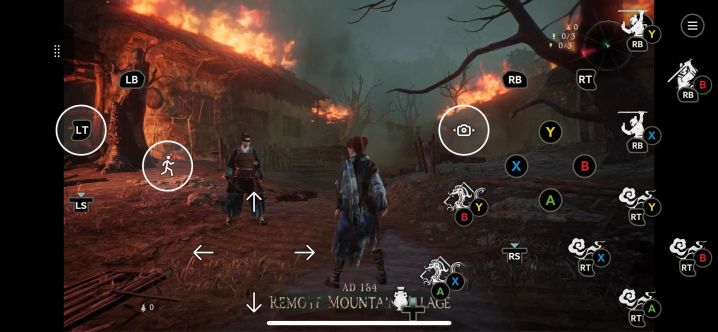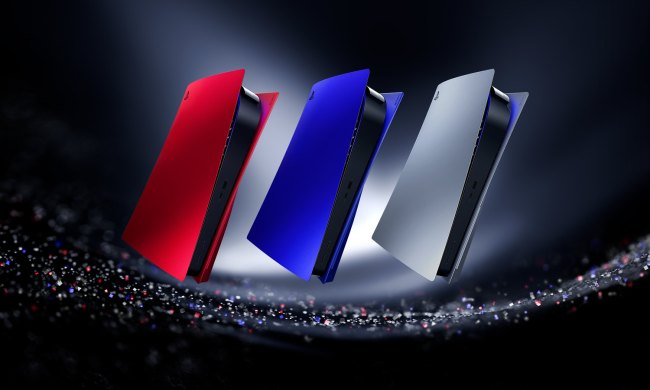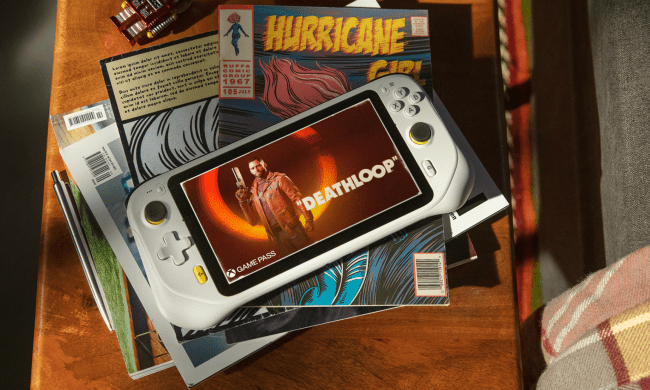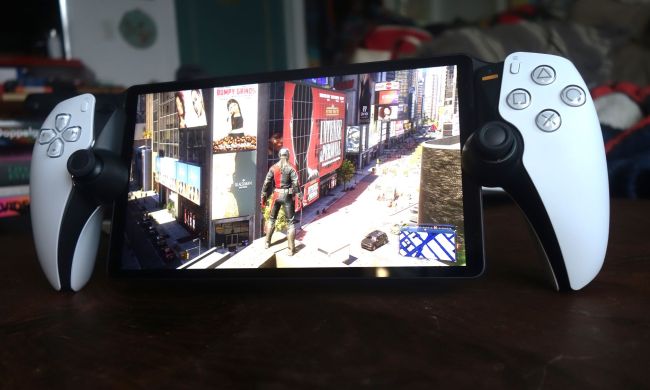Game streaming has felt like the “next big thing” in gaming for the past decade. I recall trying out services like OnLive back in my college dorm room, playing the same 30-minute trials over and over again. Half the time the service never booted, and the half that it did was a lag-filled mess. Fast forward a couple of years and Sony acquires Gaikai to integrate into PlayStation Now (RIP), but left it largely ignored until Xbox began its push into streaming with its Xcloud initiative. With major tech giants like Google and Amazon failing to crack the game streaming code, Sony and Microsoft appear to be the only two capable of supporting this console-less method of play.
For all the fancy talk about new servers and top-of-the-line streaming technology, I’ve never been convinced that game streaming would be able to replace the tried and true local experience. After all, even under perfect internet conditions, the speed of light is only so fast. And assuming even most people will have perfect internet conditions itself is laughable. However, I wanted to put my money where my mouth was. How could I judge game streaming if I didn’t actually give it a shot?
That’s why, for an entire week, the only way I played games was through streaming services.
I was in a pretty good position to execute that plan already. I live in Westminster Colorado, which is not too far off from Denver, in a single-floor townhome with Xfinity internet. I run all my devices off a wireless modem with 5GHz Wi-Fi. According to various speed tests I’ve run, my download speeds can vary between 50 and 130-ish Mbps depending on the time of day. My options were limited to remote play on PS5 via my smartphone or PC, and Xbox cloud gaming on those same devices.
Through that unpredictable experience, I’ve come out the other side with a far better understanding of cloud gaming — one that’s both reinforced my skepticism and helped me better understand who benefits from it.
Old man yells at cloud (gaming)
With PlayStation being my primary console, I began by setting up remote play. After downloading the app on my PC and phone, and allowing for remote play on the console itself, I was off to the races.
Or, rather, I thought I was. I knew going in that remote play was far more limited than Microsoft’s cloud gaming platform — you can only stream to your devices on the same network as your PS5, for instance. Essentially, this acts as a second-screen solution. While not as versatile on the whole, I could see plenty of use cases for this and expected the “tethering” to the primary console and home network to provide a much smoother, more stable play experience.
I wasn’t prepared for just how wrong I was. The first red flag was just how long it took to actually connect — in fact, it failed my first two tries. I was about to give up when it pushed through on my third try after three or four minutes of connecting. Once it booted, I was greeted by my dashboard and started navigating around. From those first inputs moving through menus, my expectations fell. I was back in my college dorm struggling through OnLive all over again. Still, I put my judgment aside and loaded up a game. Perhaps it was still establishing a solid connection between devices.

Once again I was proven wrong. I started with Dead Island 2 since it was the last game I had played, and after getting through the menus, I realized input delay was only the start of the problems. I got around two minutes into “playing” before the visual quality completely tanked. I was looking at blocks of pixels tearing across the screen, all while the input delay somehow got worse. This lasted only a couple of seconds before my connection was dropped. I would repeat this over the course of the week, but couldn’t find any rhyme or reason for it. Some days I could connect on my first try (though it always took a few minutes to do), and the games hold up, at least to the point of not crashing. On other days, it would be a struggle to even start playing.
Using the mobile app wasn’t any better, regardless of where in my house I tried it. For a laugh, I even attempted to try using my Premium membership to try and stream a game over remote play. Perhaps mercifully, the system doesn’t allow for that.
Xcloud marks the spot
After getting my first gaming PC, I dipped my toes back into the Xbox ecosystem with my Game Pass Ultimate subscription. This includes access to Microsoft’s cloud service, which is technically still in beta, but available on both PC and mobile.
Starting with mobile, I was instantly impressed with how quick it was to boot not only the interface but each game as well. Having to wait for minutes, and go through multiple attempts at times, had really diminished my desire to play on PlayStation, but the snappy response here enticed me to jump into games way more due to just how easy it was.

When selecting what to play, I decided to let the community guide my hand and play a selection of highlighted “most popular on cloud” games. This list was quite surprising at first glance, including titles like Halo: Infinite, Mortal Kombat 11, and Wo Long: Fallen Dynasty. If those were the most popular, perhaps it worked better than I expected.
Trying out Halo, I exited after a single multiplayer match. That wasn’t because it was a bad experience (in fact, it was quite smooth), but only because it was what I expected. Going from 120 fps, instant response time to 30 frames with delay just feels like playing underwater. I quit after that single game because I was so eager to try something else that had a better shot at showing off the tech.
That small experience showed me that the visual quality held steady, but more importantly, so did the delay. Unlike remote play on PS5, the delay on Xbox Cloud Gaming never felt like it fluctuated. Perhaps, I thought, if it was a consistent delay, I might be able to eventually adapt to it, like learning to play with inverted controls. It would be awkward and uncomfortable at first, but over time I hoped it would become second nature.
Getting my head out of the clouds
The most surprising thing about my week of streaming was that, yes, in some instances I was able to adapt so that the input delay felt less bad. It never went away, and in tense moments, I could feel that the game wasn’t keeping up with my actions. That will always be frustrating, and likely never completely disappear. However, slower-paced and turn-based games shine in a cloud context.
I also realized that as cool as bringing a console-quality game on the go to play on my phone was in concept, it’s little more than a novelty in practice. Screen size here is the major hurdle, specifically with UI. Reading and learning a game became very difficult when the text, meters, symbols, and everything were shrunk down on my phone’s display. This would be impossible using touch controls where a second layer of UI further obscures things, such as in the egregious example I had of trying to play Wo Long. Using a controller, or the Backbone One in my case, helped, but couldn’t cure this problem.

By the end of the week, I wasn’t convinced game streaming will ever be for me or the “hardcore” audience, but I can see its audience more clearly. With Xbox streaming, all you need is a phone and a subscription to play anywhere you like (service dependent, of course). Once I found the games that worked within the constraints of the screen size and input delay, such as JRPGS like Ni No Kuni 2, top-down/isometric games, and narrative adventures, I loved whipping out my phone while taking a walk and playing some Tunic, Dicey Dungeons, or Edge of Eternity while enjoying the air. The only current oversight I hope is resolved with this service is that you can’t use Xbox Cloud Gaming on PC without a controller, even on games that support keyboard and mouse.
Cloud and game streaming has opened the door for so many people who can’t get access to dedicated gaming hardware. It can even act as a bridge for the already massive mobile audience to try out more types of games than they would otherwise have access to. I still don’t believe it will ever replace dedicated hardware, nor do I think Sony or Xbox expect it to. What it can do is further push the accessibility of games as a whole, and in that regard, I have come to fully support the movement toward game streaming, even if it’s not for me.



